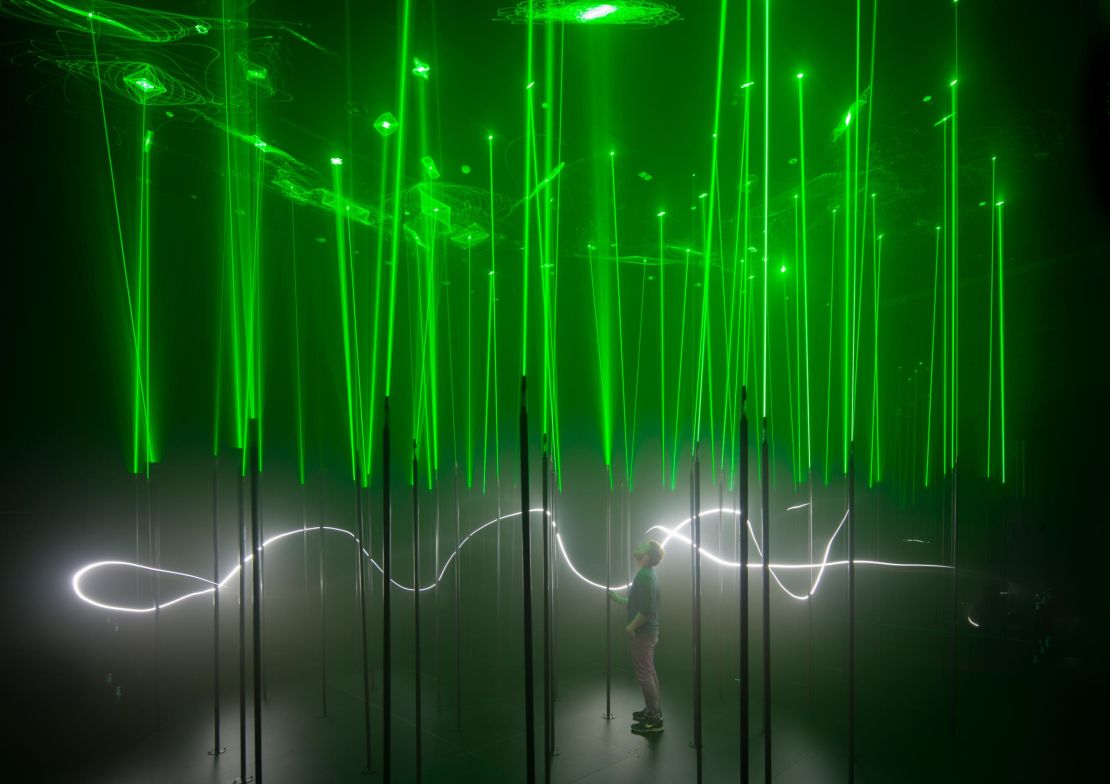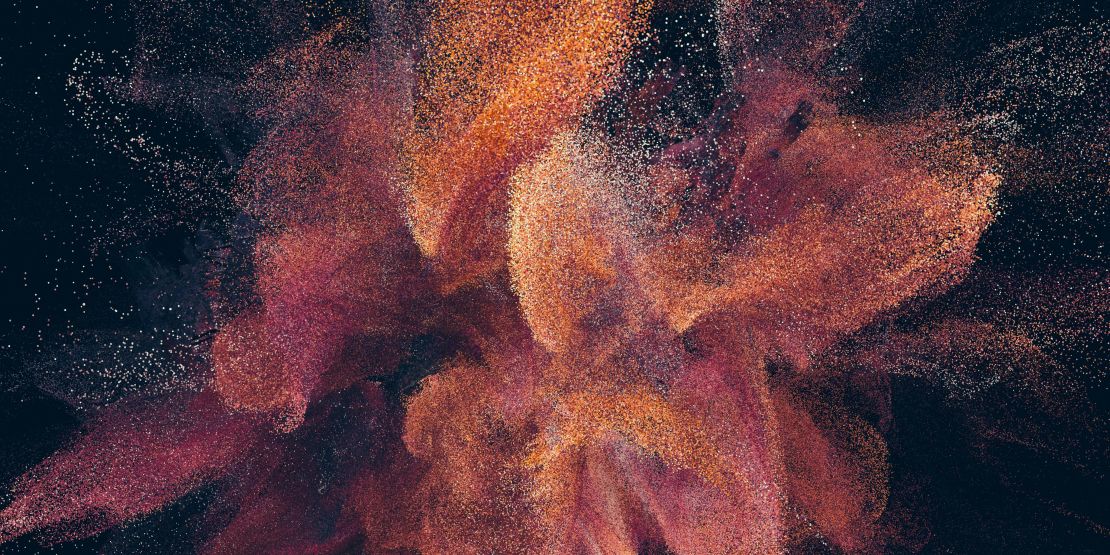Editor’s Note: This story is part of “Masters of Experience,” a series exploring the world’s most original experiences, as told by the visionaries who crafted them. Marshmallow Laser Feast are a London-based multimedia design studio that specializes in virtual reality, augmented reality, haptic technology for a social good. The opinions expressed in this commentary are solely theirs.
The average human being can identify 430 corporate logos but can’t differentiate five different plants by looking at their leaves. Yet, there remains a simplicity and a beauty present in the natural world that we, as Marshmallow Laser Feast, try to re-interpret.
Did you know, for instance, that a mosquito can see carbon dioxide? Or that a dragonfly sees at 300 frames per second, which is a much higher frame-rate than our iPhone cameras? Or that owls can read a newspaper from the other side of a football pitch?
These incredible features evolved naturally, but we are so human-centric in our day-to-day lives that we don’t consider them.

Survival instinct
We’re living in the Anthropocene, an age characterized by the influence of human activity on the environment. As urban dwellers, our lives in cities where technology surrounds us are diverging from the natural world.
It sounds like an oxymoron but our work started with a question: can we reconnect with nature by using technology?
One thing we realized, at first, was that we really knew nothing about nature. Obviously, knowing corporate logos rather than leaf structures is a modern survival instinct. Since we’ve left our foraging days behind, we evolved away from nature and, in a shop, we need to be able to differentiate between a detergent and cooking oil.
But, still, we think there’s a huge disconnect between issues like climate change and global warming, which are so big and so vast, and our understanding of it.
A forest of lasers
Five years ago, we were thinking whether you can create the feeling of being in a forest by using just lasers.

We learned that in forests, mycelium, a type of fungus, connects every plant and tree to each other. So, when you touch the forest, your touch gets sensed by the entire forest. It becomes this collective experience and almost a giant instrument.
In 2013, we created our forest for the STRP Biennial, one of Europe’s largest indoor technology and art festivals. It consists of 120 metal rods and with a laser sticking out of each of them. You can go and walk through and touch those rods, as if you are touching trees, and they produce a single sound and a laser beam beaming up to the sky. We made an entire interactive forest that produces sound, drawing inspiration from this natural, connected world.
Most of our work involves a lot of quite heavy and complicated technology, but when you walk into this place that is completely made out of metal and wood, you should have the feeling of nature
The eyes of the animal
In recent years, we’ve taken this further with mixed-reality projects. In 2015, we created “In the Eyes of the Animal”, a project which allowed you to see nature through the eyes of four different animals and insects.

Through a virtual reality, mixed-reality installation, we can actually embody the sensory features of animals. We found that we can use a series of multi-sensory technologies – haptics, via headsets, working with sound – to essentially propel people into different sensory perspectives.
We aim to start putting these scientific facts into a narrative, where you can experience the same part of a forest through the eyes of different animals and insects, and when you take off that headset, you appreciate the incredible evolutionary advantages that those species gain.
Our hope is that you’ll probably start caring a little more about a mosquito or an owl, or the forest itself.
Apocalyptic messages
One of the challenges for us is to approach environmental subjects and climate issues without any kind of bleak, apocalyptic message, which research shows essentially desensitizes us.
We wanted to look at ways to marvel at the wonderment that exists all around us, while also exposing some of the other important facts like the massive Sixth Extinction Event we’re living through, where thousands of species are dying out, or the Great Garbage Vortex in the Pacific.

What’s wonderful about these emerging mediums like virtual reality or what people are referring to as “XR” – extended reality, combining real and virtual environments – is that it allows creative studios like ours to explore new ways to engage people.
The project “A Colossal Wave” that we recently took to South by Southwest we’ve framed a fictional world in rather a playful setting a hundred million years from now, which essentially is the time it has taken the planet to repair itself from previous extinctions.
It’s a great emergent medium to be involved in. In ten years, when this technology becomes lighter and more mobile, we can create a new layer on top of reality when we look around us.
Through smart windows of self-driving cars or super-lightweight AI goggles, you could understand the language birds are signing, see plants photosynthesizing, or watch oxygen enter your lungs.
All things that we know well, that we learn about at a young age. But soon we’ll be able to bring a level of artistry to this setting and create a true understanding of the invisible parts of our world.
This feature is from an interview with Robin McNicholas and Ersin Han Ersin, as told to CNN’s Matthew Ponsford.














